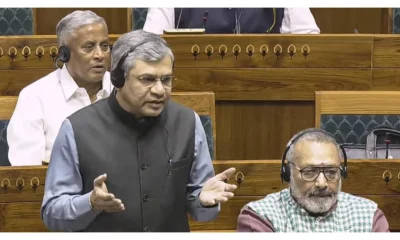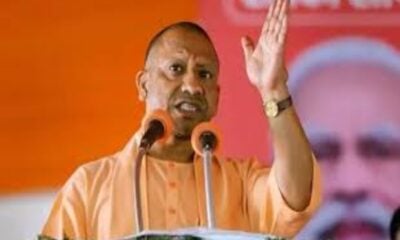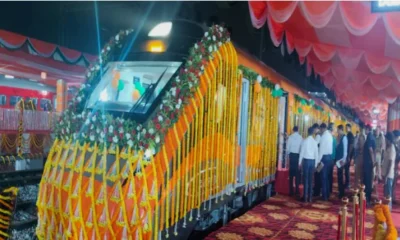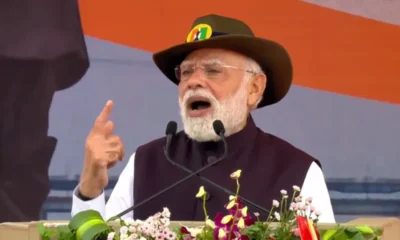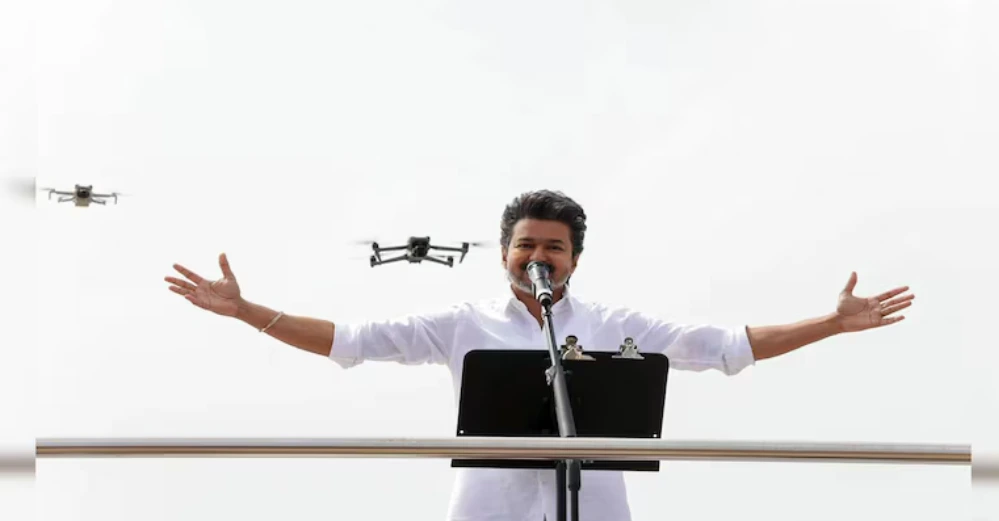[vc_row][vc_column][vc_column_text]The past year has seen a sharp increase in train derailments and accidents; a majority of them have been reported from Uttar Pradesh
Prime Minister Narendra Modi may have hastily replaced Suresh Prabhu with his close confidante, Piyush Goyal, as the Union railway minister in September this year following two major rail derailments that rocked India in quick succession, yet the change of guard has done little to prevent more tragedies from hitting Indian railway- the world’s largest railway network.
Between Thursday evening and Friday – in a span of just 12 hours – four train accidents left seven people dead and injured at least 11 others. Three of these accidents were reported from Uttar Pradesh – the state which has accounted for the maximum number of train derailment incidents this year – while one was reported from Odisha. There were two derailments, including the much publicised incident of the Vasco Da Gama Express near Manikpur station in Uttar Pradesh’s Chitrakoot district that killed three people early Friday morning, one incident of an engine decoupling from the wagon and a train hitting a car at an unmanned crossing.
The spate of accidents began at 7.19 pm on Thursday when a local train hit a Bolero vehicle at an unmanned crossing near Amethi in Uttar Pradesh, killing four people and injuring as many. The vehicle, packed with people belonging to a marriage party, was hit at Matha Bhusunda village under the Musafirkhana police station.
Then, at 4.18 am, 13 coaches of the Vasco Da Gama-Patna Express derailed near Manikpur in Uttar Pradesh, killing three people, including a six-year-old boy and his father, and injuring nine other passengers. The Patna-bound passenger train, which derailed soon after leaving the Manikpur Railway Station in Chitrakoot district, was moving slowly as a result of which casualties were less, officials said.
Then, less than two hours after the Manikpur derailment, a Paradeep-Cuttack goods train jumped the rails between Goraknath and Raghunathpur in Odisha at 5.55 am. While no deaths were reported, the down line was disrupted tillSaturday.
In the fourth incident, the engine of Jammu-Patna Archana Express separated from the train near Saharanpur in Uttar Pradesh. This happened twice. The engine first decoupled at around 2.35 am and was re-coupled within an hour following which railway personnel gave the train clearance for its onward journey at around 3.17 am. However, the engine and the first coach (same as earlier) separated again at around 5.25 am and were reattached at 6.05 am.
“After re-examination by staff and senior officials it was decided that the train should be given a new locomotive to ensure that such problem does not happen again,” a spokesperson for North Central Railway told news agency PTI. The train finally left at 7.25 am after security clearances were received. The official said some mail express trains and goods trains were delayed due to the incident.
The year 2017 has witnessed a series of train derailments, mostly having occurred in Uttar Pradesh, although in most cases incidents of passenger deaths were not reported.
On August 19, the derailment of the Utkal Express near Muzaffarnagar in UP had claimed 22 lives and left over 150 injured while over 100 people were injured when the Kaifiyat Express derailed in Auraiya district on August 23.
The two train tragedies had paved the exit of then Union railway minister Suresh Prabhu who Prime Minister Narendra Modi replaced with Piyush Goyal during a reshuffle of his council of ministers on September 3.
However, a mere change of guard in the railway top brass has not prevented rail derailments from continuing unabated at a time when the Prime Minister and the BJP are busy trying to showcase the proposed Ahmedabad-Mumbai bullet train project in poll-bound Gujarat.
Under Goyal’s watch as railway minister, this is possibly the fourth derailment – the first in which passenger deaths have been reported. On September 7, the Ranchi-Delhi Rajdhani Express had derailed near Minto Bridge in New Delhi while seven coaches of the Shaktipunj Express had derailed in Uttar Pradesh’s Sonbhadra district. No casualties were reported in either of these mishaps that happened within hours of each other. On September 14, hours before Prime Minister Narendra Modi and his Japanese counterpart Shinzo Abe laid the foundation stone for the Ahmedabad-Mumbai bullet train project, one coach of the Jammu-New Delhi Rajdhani Express had derailed at the New Delhi railway station.
In November last year, the Indore-Patna Express had derailed in Pokhrayan near Kanpur in Uttar Pradesh, killing over 150 people.
-With inputs from PTI[/vc_column_text][/vc_column][/vc_row]

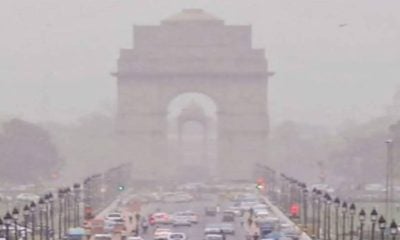
 India News19 hours ago
India News19 hours ago
 India News13 hours ago
India News13 hours ago
 India News18 hours ago
India News18 hours ago
 Cricket news17 hours ago
Cricket news17 hours ago
 India News17 hours ago
India News17 hours ago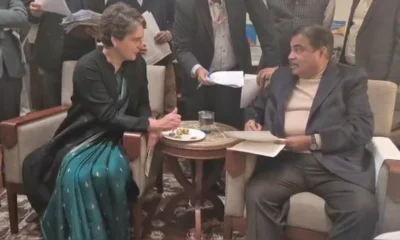
 India News12 hours ago
India News12 hours ago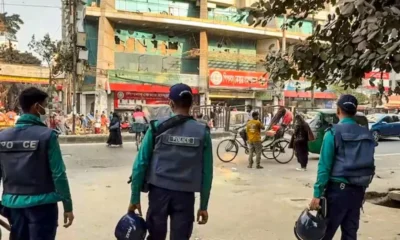
 Latest world news12 hours ago
Latest world news12 hours ago
